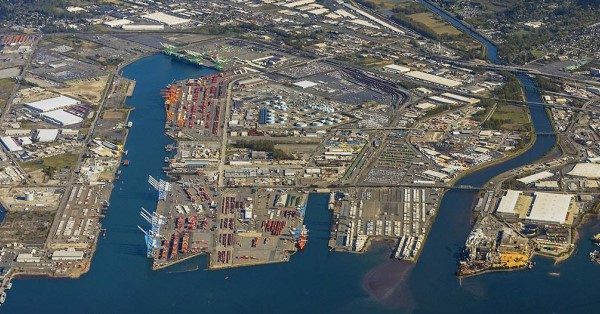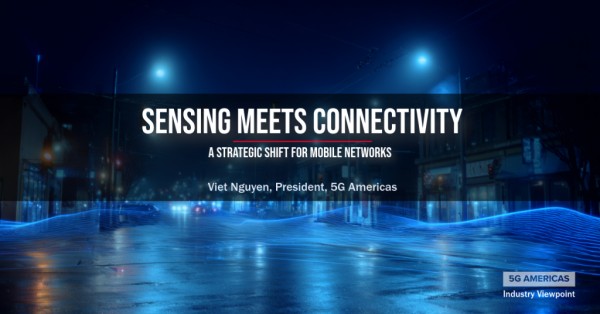Expanding the Horizon with Private 5G: A New Dawn at Tacoma Tideflats
The Tacoma Tideflats area is on the brink of a technological revolution with the launch of an innovative Private 5G Network. This pioneering project, led by the 5G Open Innovation Lab and its partners, marks a significant milestone in leveraging cutting-edge technology to reshape the business landscape.
Bridging the Technological Gap: The Tacoma Tideflats Challenge
Before the introduction of this private 5G network, businesses in Tacoma Tideflats faced a technology gap. Existing network infrastructures were not equipped to handle the increasing data demands and complex operations of modern enterprises, leading to inefficiencies and limited growth potential.
5G: A Game-Changing Solution for Tacoma’s Enterprises
The solution was a tailor-made 5G Private Network, designed to address the specific needs of local enterprises. This network’s ingenious use of existing structures for deployment exemplifies cost-effective and efficient infrastructure implementation.
Proven Success: The Initial Triumphs of the 5G Network
The successful deployment across the East Blair Peninsula, covering key operational areas of the participating companies, serves as tangible evidence of the network’s effectiveness. It demonstrates the feasibility of leveraging 5G in complex industrial environments.
Technology Choice | Why 5G? The Strategic Choice Behind the Network
The decision to implement a 5G network was strategic, considering its capabilities in handling high data volumes, ensuring robust connectivity, and offering scalability options essential for enterprise growth.
Benefits: Beyond Connectivity
The private 5G network brings a plethora of benefits:
- Enhanced operational efficiency with faster, reliable data transmission.
- Improved safety protocols through real-time monitoring.
- Significant contributions to ecological sustainability by optimizing resource usage.
- Strengthened community health initiatives through better connectivity.
Redefining Industry Standards: The Broader Implications
This project positions Tacoma Tideflats as a technological frontrunner in North America, potentially influencing similar initiatives worldwide. It sets a benchmark for how private 5G networks can invigorate industrial areas.
The Driving Force: 5G Open Innovation Lab’s Pivotal Role
The 5G Open Innovation Lab’s role is crucial in creating a collaborative environment where startups, technology giants, and investors converge to explore and develop groundbreaking solutions.
Collaborative Synergy: The Strength of Partnerships
Partners like Washington Maritime Blue play a vital role in promoting data sharing and technological application in the maritime sector, which is vital for the Blue Economy.
Current State: The Network’s Operational Phase
The network is currently in a pilot phase, with plans for expansion based on initial success and feedback from the enterprises involved. Beginning with the feasibility study in 2022, the project has swiftly moved to an operational phase, fueled by strategic investments and a clear vision for the future.
























